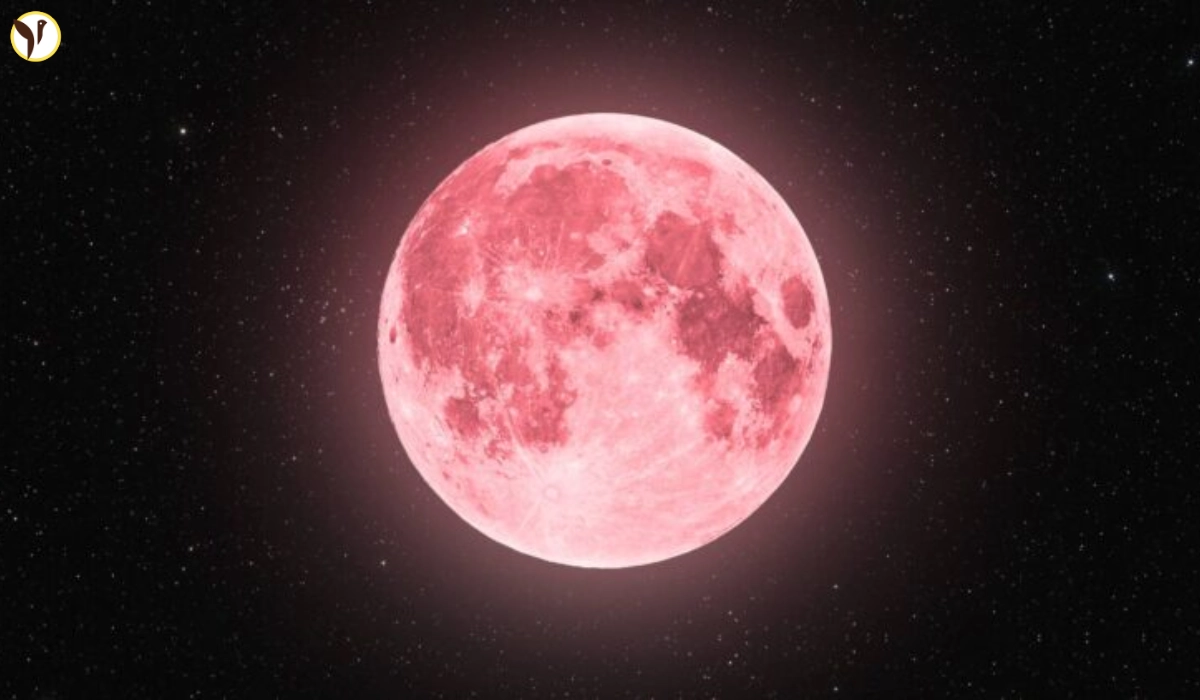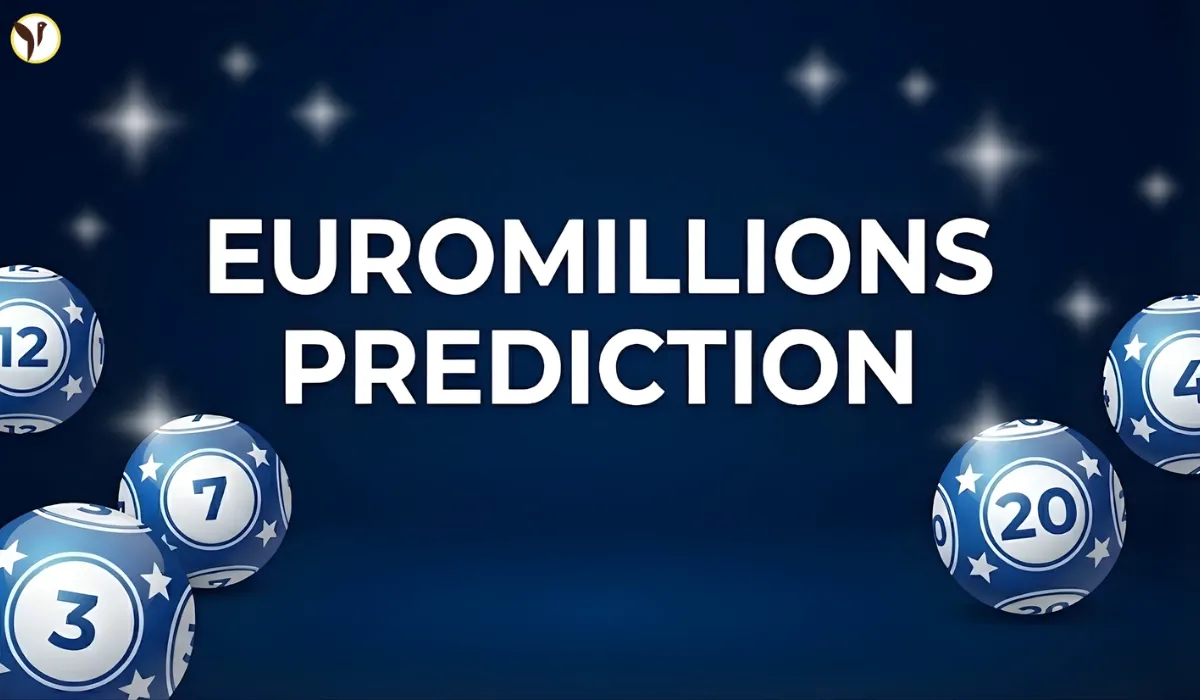“Pink Moon” every spring and it can feel a bit… over the top. But tonight, there’s something more subtle happening and I wanted to explain it simply. First off, don’t expect to see a pink moon. It’s not going to look like bubblegum in the sky. The name comes from a wildflower called moss pink or phlox that blooms this time of year in North America, so that’s where the name comes from. It’s always funny how we name stuff.
Now, what’s genuinely cool is that this is a micromoon—a full moon that’s happening when the moon is at its farthest point from Earth, called apogee. That makes it a bit smaller in our sky, maybe 6–14% smaller compared to a supermoon, and a little less bright. But that doesn’t make it less beautiful. There’s something kind of peaceful about a moon that’s low-energy, gentle, calm—like it’s whispering to you instead of shouting.
People often call it the Paschal Moon too because it’s the full moon after the spring equinox, which is important for setting the date of Easter. But even if you don’t care about holidays, it’s a nice moment to go outside and look up. Especially tonight, it feels like the kind of experience that’s small but meaningful. A micromoon doesn’t have the showy drama of a supermoon, but that can be a good thing. Sometimes, quieter moments are nicer, you know?
When and How You Can See the Pink Micromoon
Alright, so you might be wondering—when should you go outside and look up? In the U.S., tonight’s full phase is around 8:22 p.m. EDT on April 12. In India (including Agra), the best viewing time will be early tomorrow morning, around 5:50 or 6:00 a.m. IST on April 13. So set an alarm or, if you're not a morning person, maybe just take a peek before heading out for breakfast.
You don’t need fancy gear—just go outside where there’s less light pollution. Even a small open area behind your house can work. The moon sometimes looks bigger near the horizon due to that optical illusion we all get. It’s not the moon physically changing, just the way our eyes trick us.
Something neat to note: in some parts of the world, the moon might actually pass in front of the star Spica in Virgo. That’s called an occultation. If you’re in Europe or parts of the Americas, you could get to see that happen—though it usually needs binoculars or a small telescope and knowing the exact timing. It’s a brief event, but a cool one.
At the end of the day, though, you don’t need a star map or any equipment. Just step outside early tomorrow morning, look east, maybe grab a cup of coffee, and soak it in. A calm, smaller full moon might just surprise you with how peaceful it feels. And if you catch a quick glimpse of Spica, even better—but even without it, it’s worth the look.
🌕✨ TONIGHT’S ULTRA-LOW STRAWBERRY FULL MOON: A ONCE-IN-A-GENERATION SPECTACLE!
— Joe_S_Pure🩸 (@Joe_S_Pure) June 11, 2025
Tonight, the night sky treats us to a rare celestial phenomenon — the Ultra-Low Strawberry Full Moon. 🍓🌌
This uniquely tinted full moon gets its name from the reddish-pink hue it takes on as it… pic.twitter.com/dQwMnVMpWJ









